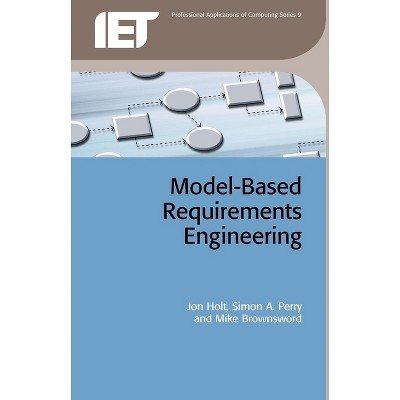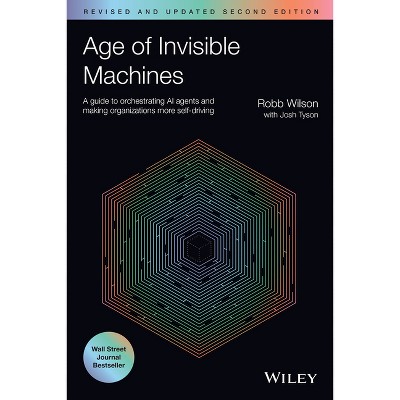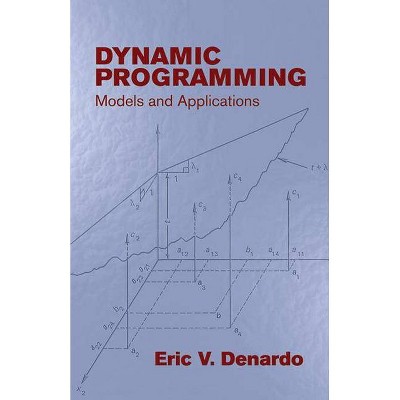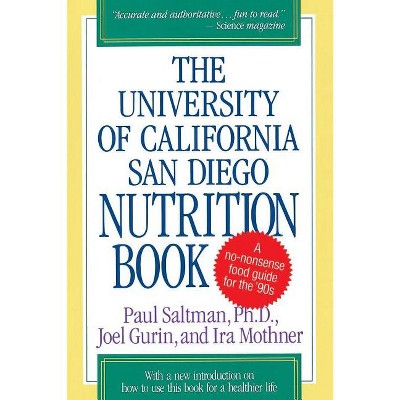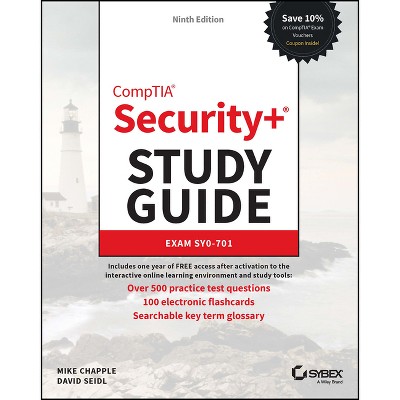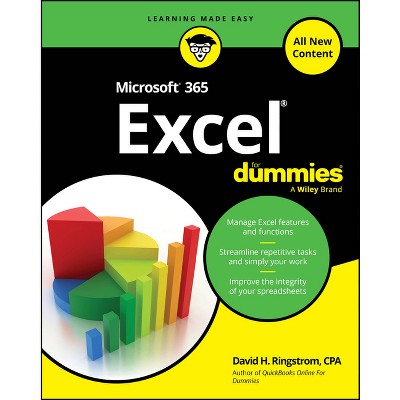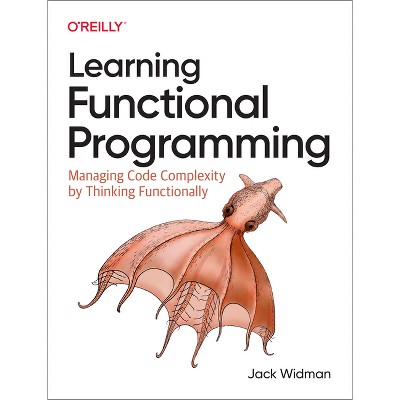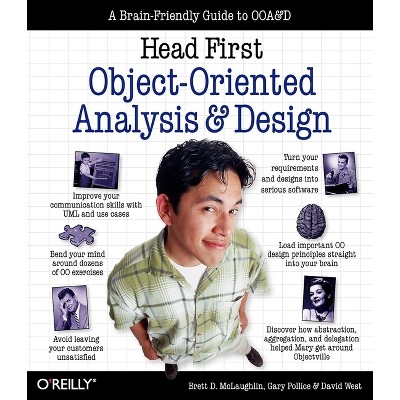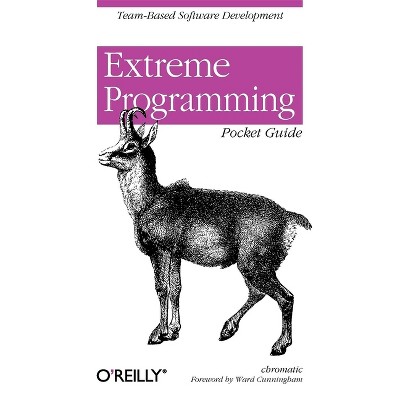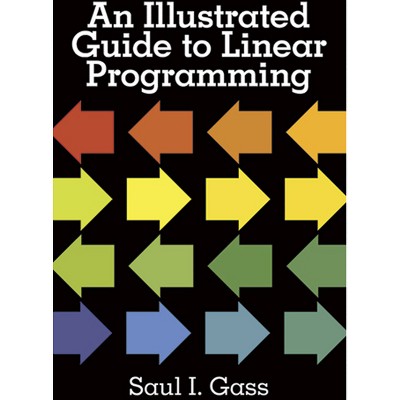Sponsored

Concepts of Object-Oriented Programming with Visual Basic - by Steven Roman (Paperback)
$61.99Save $37.01 (37% off)
In Stock
Eligible for registries and wish lists
Sponsored
About this item
Highlights
- This book is about object-oriented programming and how it is implemented in Microsoft Visual Basic.
- Author(s): Steven Roman
- 188 Pages
- Computers + Internet, Programming
Description
About the Book
This book explores object-oriented programming and how it is implemented in Microsoft Visual Basic. Written in a hands-on style with plenty of code and error-handling tips, the book will be an invaluable introduction to this topic. Extracts from the book are posted to Microsoft's Visual Basic Web site. 24 illus.Book Synopsis
This book is about object-oriented programming and how it is implemented in Microsoft Visual Basic. The author presupposes a basic exposure to Visual Basic, but provides a thorough first introduction to object-oriented programming. As a result, students and programmers working with Visual Basic will find much of interest in this book.From the Back Cover
This book is about object-oriented programming and how it is implemented in Microsoft Visual Basic. Accordingly, the book has two separate, though related, goals: to describe the general concepts of object orientation and to describe how to do object-oriented programming in Visual Basic. Readers are assumed to have only a modest familiarity with Visual Basic and some rudimentary programming skills. On this foundation, the author introduces the abstract concepts of object orientation, including classes, abstraction, encapsulation, and object creation and destruction, showing how each is implemented in Visual Basic. The style of the book is hands-on, with plenty of code examples for the reader to try. The book contains complete chapters on handling object errors and OLE automation objects. Visual Basic programmers and students will find this an invaluable introduction to the topic.Dimensions (Overall): 9.18 Inches (H) x 7.15 Inches (W) x .6 Inches (D)
Weight: .76 Pounds
Suggested Age: 22 Years and Up
Number of Pages: 188
Genre: Computers + Internet
Sub-Genre: Programming
Publisher: Springer
Theme: Object Oriented
Format: Paperback
Author: Steven Roman
Language: English
Street Date: December 5, 1996
TCIN: 1001919928
UPC: 9780387948898
Item Number (DPCI): 247-07-3529
Origin: Made in the USA or Imported
If the item details aren’t accurate or complete, we want to know about it.
Shipping details
Estimated ship dimensions: 0.6 inches length x 7.15 inches width x 9.18 inches height
Estimated ship weight: 0.76 pounds
We regret that this item cannot be shipped to PO Boxes.
This item cannot be shipped to the following locations: American Samoa (see also separate entry under AS), Guam (see also separate entry under GU), Northern Mariana Islands, Puerto Rico (see also separate entry under PR), United States Minor Outlying Islands, Virgin Islands, U.S., APO/FPO
Return details
This item can be returned to any Target store or Target.com.
This item must be returned within 90 days of the date it was purchased in store, shipped, delivered by a Shipt shopper, or made ready for pickup.
See the return policy for complete information.
Frequently bought together
Trending Computers & Technology Books
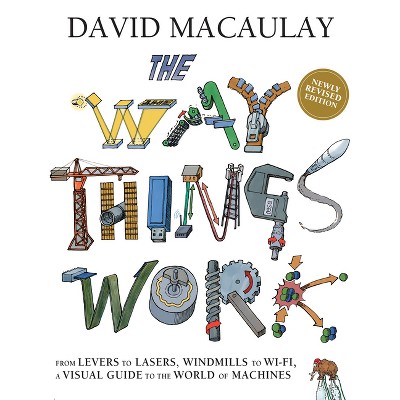
$18.34
Buy 1, get 1 50% off select books
5 out of 5 stars with 2 ratings
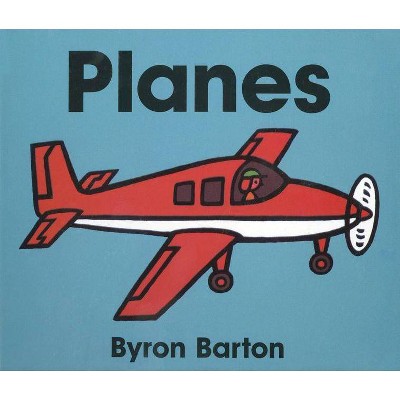
$7.99
Buy 1, get 1 50% off select books
5 out of 5 stars with 1 ratings
